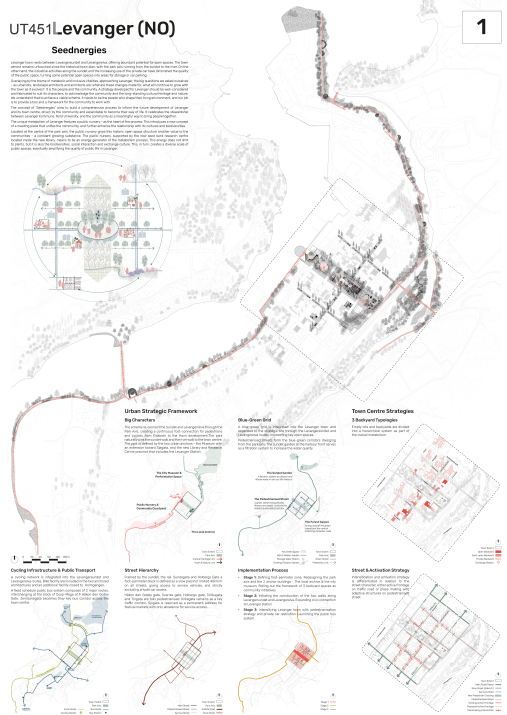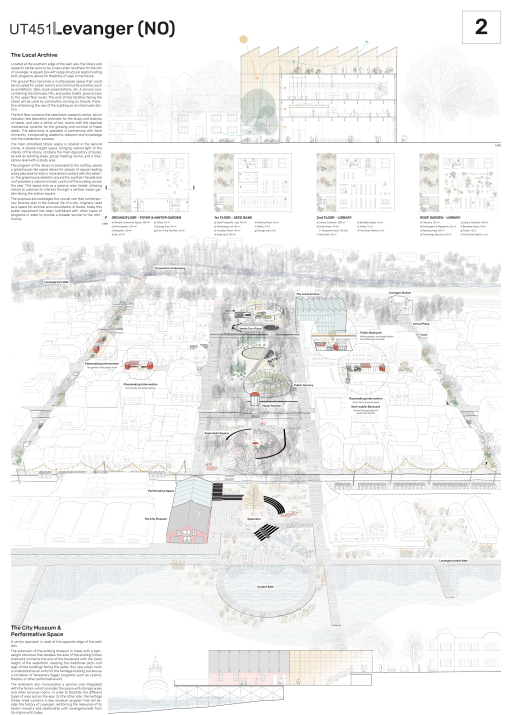Project:
Seedenergies
About
-
Levanger town nests between Levangersundet and Levangerelva, offering abundant potential for open spaces. The town almost remains untouched since the historical town plan, with the park axis running from the sundet to the river. On the other hand, the industrial activities along the sundet and the increasing use of the private car have diminished the quality of the public space, turning some potential open spaces into areas for storage or car parking.Overlaying by the theme of metabolic and inclusive vitalities, the big questions we asked ourselves - as urbanists, landscape architects and architects are: what are these changes made for, what will continue to grow with the town as it evolves?. It is the people and the community. A strategy developed for Levanger should be well-considered and fabricated to suit its characters, to acknowledge the community and the long-standing cultural he
-
Seednergies was selected as a runner-up, the jury citing a new and imaginative landscape strategy for the urban space in Levanger which supplements the winning proposal Hello, Woods! and brings together the library and the park. The jury considered this an inspired design, and saw a lot of inspiration put into this proposal. The proposal suggests ways to engage and activate the local community. It focuses on the park which is clearly established, introducing the idea of a plant nursery which is seen as an interesting idea for the urban space.
The jury considers the suggestions for activating the park in different ways positive, as well as creating layers of vegetation to be planted and for learning from. The jury appreciates the focus on enhancing the relationship between culture and biodiversities, the focus on using elements from the native flora and the blue green grid. The focus on using native species of vegetation is seen as a strength. The library is slightly less dealt with in this proposal. -
Associates: Laura Solsona (ES), Eduard Fernàndez (ES) – architects
Contributors: Quyền Lê(VT) – urban designer; Nguyệt Trần (VT) – landscape architectself-office
Barcelona, Spain
+34 618393293
self.selfoffice@gmail.com / www.self-office.net
Self office
Team Interview
1. How did you form the team for the competition?
All of us lived in Sydney by then and we thought it was a good idea to enter a competition together, combining our expertises and professional backgrounds.
2. How do you define the main issue of your project, and how did you answer on this session main topic, Living cities?
We wanted to challenge conventional notions of Urban Design, which historically have only been focused on the built environment and economic growth, neglecting other matters that are crucial for our environment. Today, car-based development, urban sprawl, and industrial activities are creating pressure on recreational open spaces and natural habitats, which are important for the quality of life and biodiversity. In response, we believe that new synergies between the built environment, local ecosystems, and the use of public space must be established in order to create more resilient cities and communities.
3. How did the issues on metabolic and inclusive vitalities and the questions raised by the site mutation meet?
Rather than fixed solutions, we proposed a series of long-term strategies which make Levanger not only more sustainable, but challenge old habits on the way we see our cities, encouraging its inhabitants to come along, share, and grow in parallel to their living environment. Thus, this urban transformation is understood as a participatory process, where humans play an active role in the renaturalization of the public space. The relationships between a new research centre and public nursery, together with the self-management of open spaces, are key for this process.
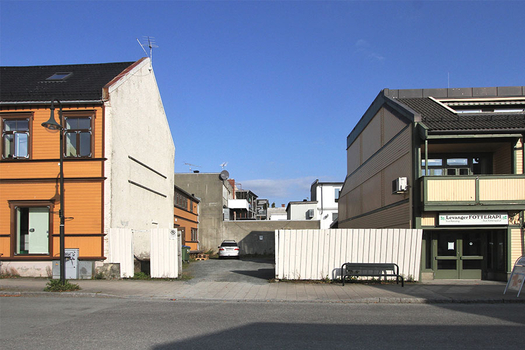
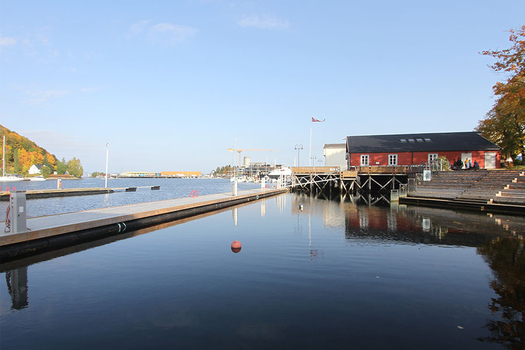
4. Have you treated this issue previously? What were the reference projects that inspired yours?
We like to enter urban competitions because it allows us to expand our knowledge about cities and their environment. Although this issue has been specifically discussed for our site, this is an ongoing conversation for us. We take advantage of any opportunity we have, to keep researching on these topics and learning from different approaches. For this competition, we looked at some of the projects, texts and reflections made by professionals like 51N4E, Pier Vittorio Aureli, Piet Oudolf, Gilles Clement, or AMO, among others.
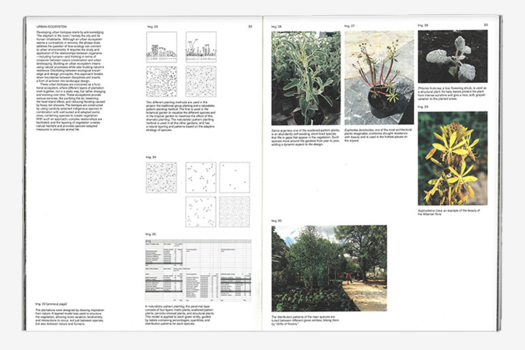

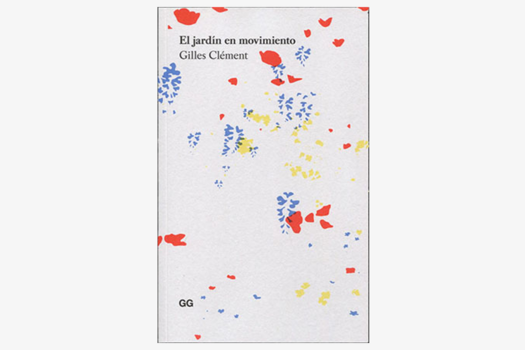
5. Urban-architectural projects like the ones in Europan can only be implemented together with the actors through a negotiated process and in time. How did you consider this issue in your project?
We established a series of strategies that, yet being interconnected, can be applied in three different stages over time. The stage one defines an urban perimeter for slow mobility, redesigning the park axis and creating two anchor buildings - a public library with a research centre, and and a museum with a performative space. In addition, the construction of a public nursery and the implementation of a framework for the backyard spaces will give rise to community initiatives in the historical centre. The second stage commences with the construction of two walks along the Levangersundet and Levangerelva, creating new territorial connections and establishing a system of open spaces. Lastly, the third stage introduces a new bus network, and closes some streets to traffic creating new pedestrian corridors. This allows for temporary cultural activities, facade activation, and the incorporation of a blue-green grid that takes advantage of natural and local resources.
6. Is it the first time you have been awarded a prize at Europan? How could this help you in your professional career?
Yes, it is. The topic of this year is an ongoing conversation for us that can be applied in different projects. We hope this award might bring some opportunities to keep discussing these matters with other professionals in the future.
Related projects
-

Hello Woods
Hello, Woods! welcomes a new era for Levanger. The future of the city is circular, accessible and…
-

Linking Squares
Urban countryside is a battleground for demographic, economic, ecological and political challenges.
-

Kultur-hub-set
Our project builds upon these ideals to transform the old town into a future-proof, vibrant and…
